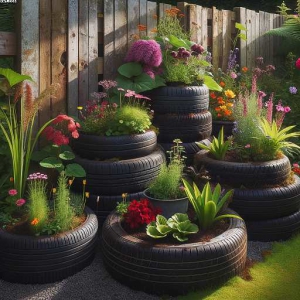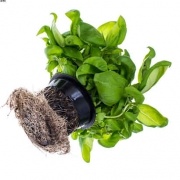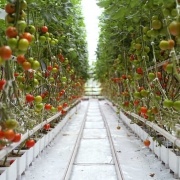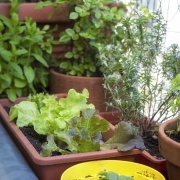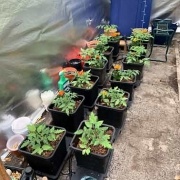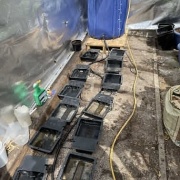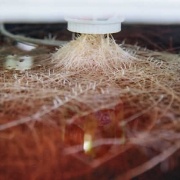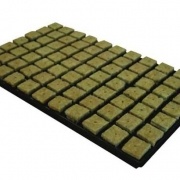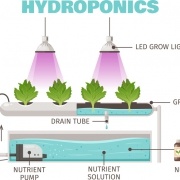Growing Hydroponics Refresher
Growing Hydroponics Refresher
Hydroponics is a method of growing plants using nutrient-rich water rather than soil. This method can be used to grow a wide variety of plants, including vegetables, herbs, flowers, and fruit. Some plants may be more difficult to grow using hydroponics than others, but in general, most plants can be grown using this method.
It is important to consider the specific needs of each plant when setting up a hydroponics system, as different plants may have different requirements for light, temperature, and nutrients. It may also be necessary to provide additional support for some plants, such as trellising for vine plants or staking for tall plants.
Overall, hydroponics can be a very effective method for growing a wide range of plants, with the potential for higher yields and faster growth compared to traditional soil-based growing methods
Hydroponics systems can be used both indoors and outdoors. Indoor hydroponics systems are often used in controlled environments, such as greenhouses or grow rooms, where the temperature, light, and other growing conditions can be carefully regulated. Indoor hydroponics systems can be a good option for growing plants in areas where soil conditions are poor or where the weather is not suitable for outdoor growing.
Outdoor hydroponics systems can also be set up in a variety of locations
Of course, such as in a backyard, on a balcony, or in a community garden. Outdoor hydroponics systems may be more vulnerable to weather-related challenges, such as extreme temperatures or pests, but can still be a successful way to grow plants. It is important to carefully consider the location and setup of an outdoor hydroponics system to ensure that the plants receive the necessary light, nutrients, and other growing conditions.
Overall, hydroponics systems can be used both indoors and outdoors, depending on the specific needs and preferences of the grower.
To set up a hydroponics system, you will need some specialized equipment.
The specific equipment needed will depend on the type of hydroponics system you are using and the plants you are growing. Some common pieces of equipment that may be needed for a hydroponics system include:
- A container or system for holding the plants and nutrient solution. This could be a simple tray with a lid, a more complex system such as a nutrient film technique (NFT) system or a deep water culture (DWC) system, or a multi-level system such as a vertical tower.
- Grow lights, if the system is being set up indoors or in an area with insufficient natural light.
- A water pump to circulate the nutrient solution through the system.
- A timer to control the watering schedule.
- A pH meter or test kit to ensure that the nutrient solution has the correct pH level for the plants being grown.
- Nutrient solution specifically formulated for hydroponics systems.
- Net cups, rockwool cubes, or other materials to hold the plants in place.
- A growing medium, such as perlite, vermiculite, or coconut coir, to help anchor the plants in place and provide some support.
While some of these items can be purchased specifically for use in a hydroponics system, it is also possible to repurpose or modify items that you already have on hand. It’s important to learn as much as you can about the needs of the plants you’re growing and to choose equipment that fits your system.
